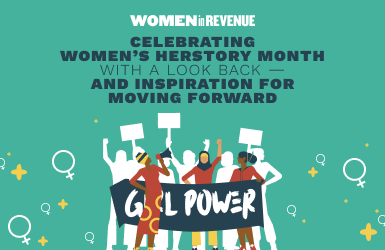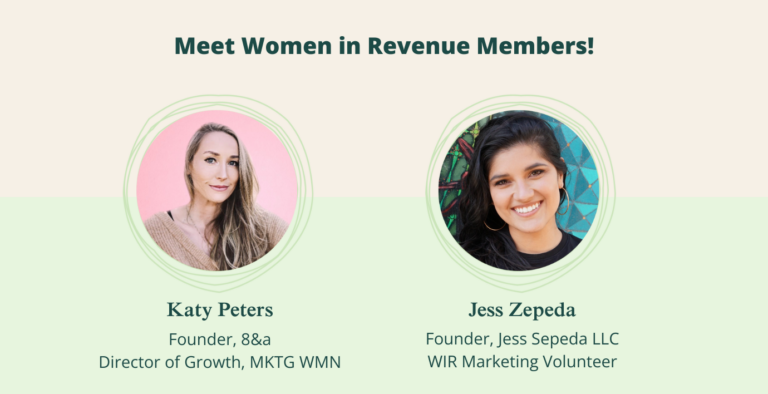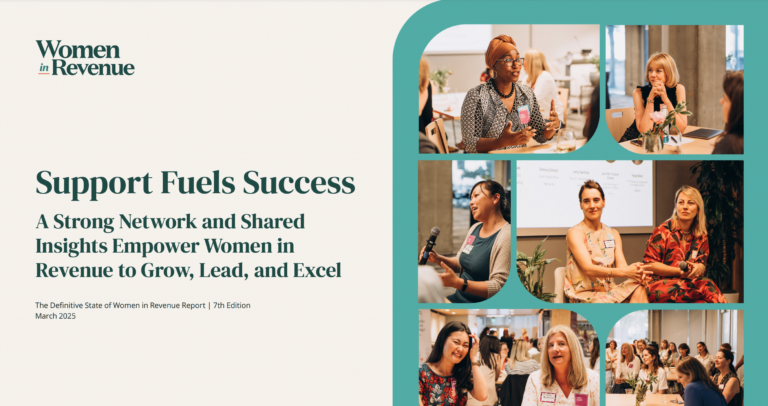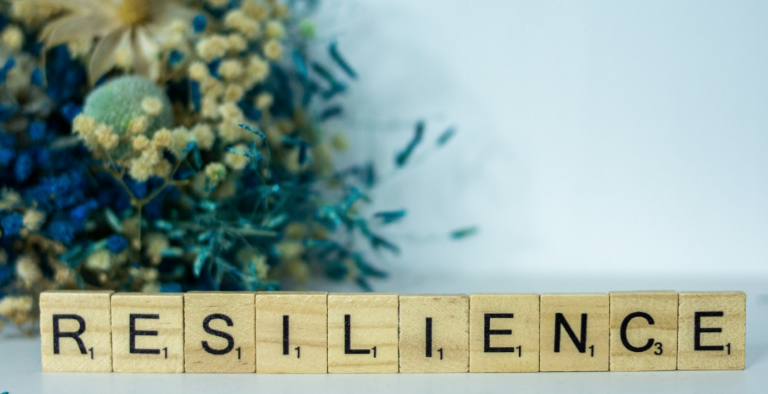Women’s contributions have rarely been acknowledged throughout history, which is what makes celebrating Women’s History Month and International Women’s Day so important and inspirational.
Generation after generation, women have been barrier-breakers, innovators, and advocates for justice — as well as amazing business leaders we can look up to. Mary Katherine Goddard ran the print shop that printed the first copy of the Declaration of Independence and likely was the first woman postmaster in the Thirteen Colonies. In the 1800s, Bridget “Biddy” Mason was brought to California, a free state, by her slave owner. She challenged the owner in court and won her and 13 family members’ freedom. Later employed as a midwife and nurse, she bought property and amassed a fortune of $3 million, became a well-known philanthropist, and founded the oldest Black church in Los Angeles. There’s also Madam C.J. Walker, who developed a thriving hair care business focused on Black women and subsequently became America’s first self-made black female millionaire.
Then there’s today’s pioneering female business leaders — Advanced Micro Devices’ CEO Lisa Su, YouTube CEO Susan Wojcicki, Reshma Saujani, founder of Girls Who Code, and Sunshine Tenasco, an indigenous author and founder of the clean water nonprofit, Her Braids, just to name a few.
Even though women have come so far, there’s still more work to do to achieve gender equity in business, government, and essentially every corner of society. That’s why it isn’t entirely surprising that the theme for this year’s International Women’s Day (IWD) is #BreakTheBias. As IWD puts it: “Imagine a gender equal world. A world free of bias, stereotypes and discrimination. A world that’s diverse, equitable, and inclusive. A world where difference is valued and celebrated. Together we can forge women’s equality.”
Embracing Women’s Contributions and Advancing Gender Equity
Achieving a gender equal world will take collective work. Research shows there’s still a lot of progress necessary to make the world more inclusive and equitable for women.
Women in the Workplace 2021, a joint study conducted by LeanIn.Org and the consulting firm McKinsey, found that women remain underrepresented as you head up the corporate ladder. Today, women make up about 25% of C-suite leaders, compared to nearly 50% of entry-level employees. This disparity is even more pronounced for women of color, representing 4% of C-Suite leaders. Women in the Workplace 2021 — the largest study of its kind — also found that for every 100 men promoted to manager, only 86 women are promoted.
Women also say they are more burned out than their male counterparts. However, they still find a way to excel in their careers — especially when they have a female manager or mentor supporting women in the workplace, the study also found.
The research highlights where there are challenges, but also where there are opportunities. True allyship and inclusive leadership are vital for all women to reach their full potential. Allyship comes in many forms, but at a foundational level, it’s about advocating for and celebrating difference. Both men and women can become allies by mentoring women in the workplace, either through formal mentorship programs or informally when they collaborate with high-potential female colleagues on internal projects. They can speak up for a promising female employee in meetings, tout her work, and create space for her to share ideas in team meetings or when executive leadership is present. They can suggest a talented woman for an opportunity that can grow her skills or position her for future career growth.
Male and female leaders and managers also can lead with inclusivity in mind. Inclusive leaders acknowledge and address their own explicit and implicit biases, take proactive steps to seek diverse perspectives, and meaningfully collaborate with those who have different experiences. A large body of research has shown that diverse teams are often more innovative and perform better than more homogeneous teams, so there’s a compelling argument that elevating women also increases companies’ competitive advantage.
As we celebrate Women’s History Month and International Women’s Day, it’s a good time to reflect on everything women have accomplished. But in doing so, we also can’t forget it will take a collective ongoing commitment to create a more inclusive, gender equal world.
Every generation, we continue to advance women and make progress — and hopefully one day, we’ll finally arrive at a point where equality is no longer a hope, but an everyday reality for women across the globe.




